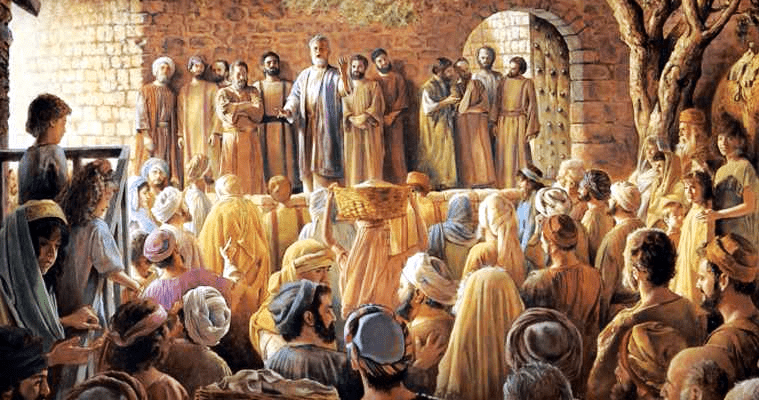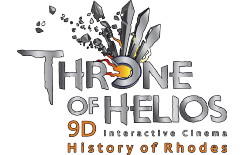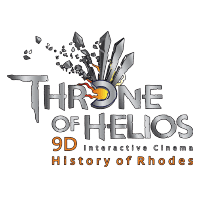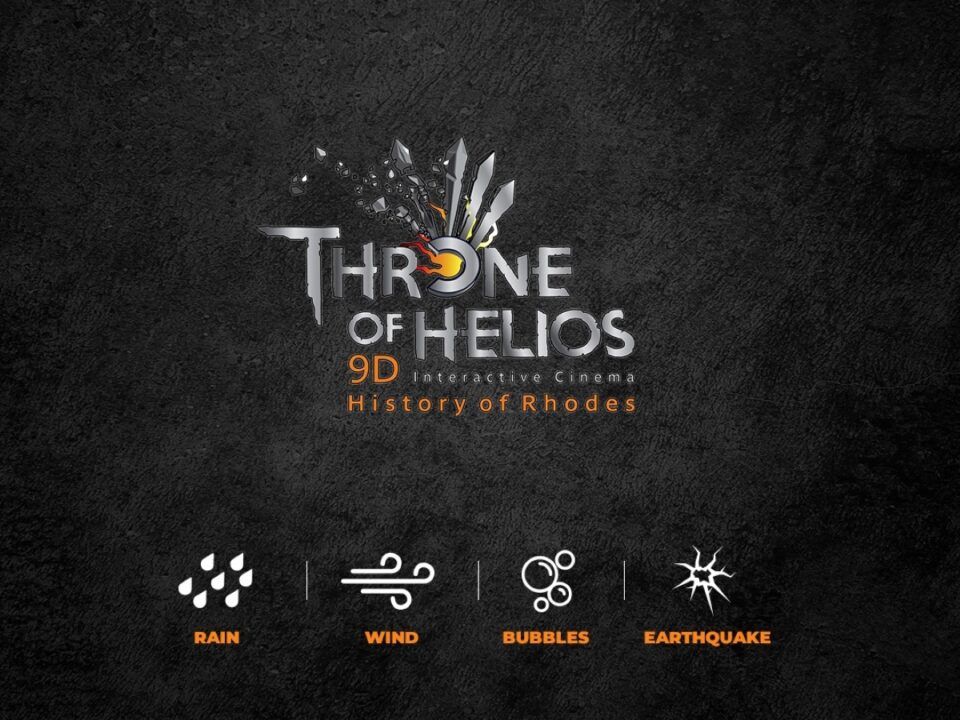
TUI Sustainable Supplier Diploma for Throne of Helios
September 9, 2022
Rhodes through the centuries – Early Christian period
November 3, 2022The island of Rhodes was inhabited at the end of the Neolithic period (4000 BC). In 408 BC there were three major cities on the island, Ialyssos, Κamiros and Lindos, which founded the city of Rhodes. The three centuries that followed were the “golden period” of Rhodes.
Sea trade, navigation and progressive political and diplomatic movements kept the city strong. The island flourished for three centuries during the Golden Age until the Roman period.
During the same period, Rhodes began to produce excellent art. The most famous creation was the Colossus, one of the Seven Wonders of the World, which was made between 304 BC and 293 BC by the sculptor Charis, originally from Lindos. The construction of the Colossus took 12 years and was completed in 282 BC. For many years, the statue was placed, most likely at the entrance to the harbour and personified the god Sun until a strong earthquake struck Rhodes in 226 BC. The city was severely damaged and the statue of Colossus collapsed.
The urban plan of the ancient city of Rhodes was based on the urban and philosophical ideas of the famous ancient Greek urban planner Hippodamus. The street plan of the ancient city is known thanks to decades of archaeological excavations. The building blocks (insulae) had the following dimensions 47,70×26,50 m and were all the same size. Each of them contained three houses and was surrounded by streets 5-6 m wide.
Larger building units formed areas which were surrounded by larger streets 8-11 m wide. Each such area consisted of 36 insulae or 108 houses. The ancient city had an extensive and well-structured sewerage system and a water supply network.
Learn more about the history of Rhodes through the educational films on the Throne of Helios!




